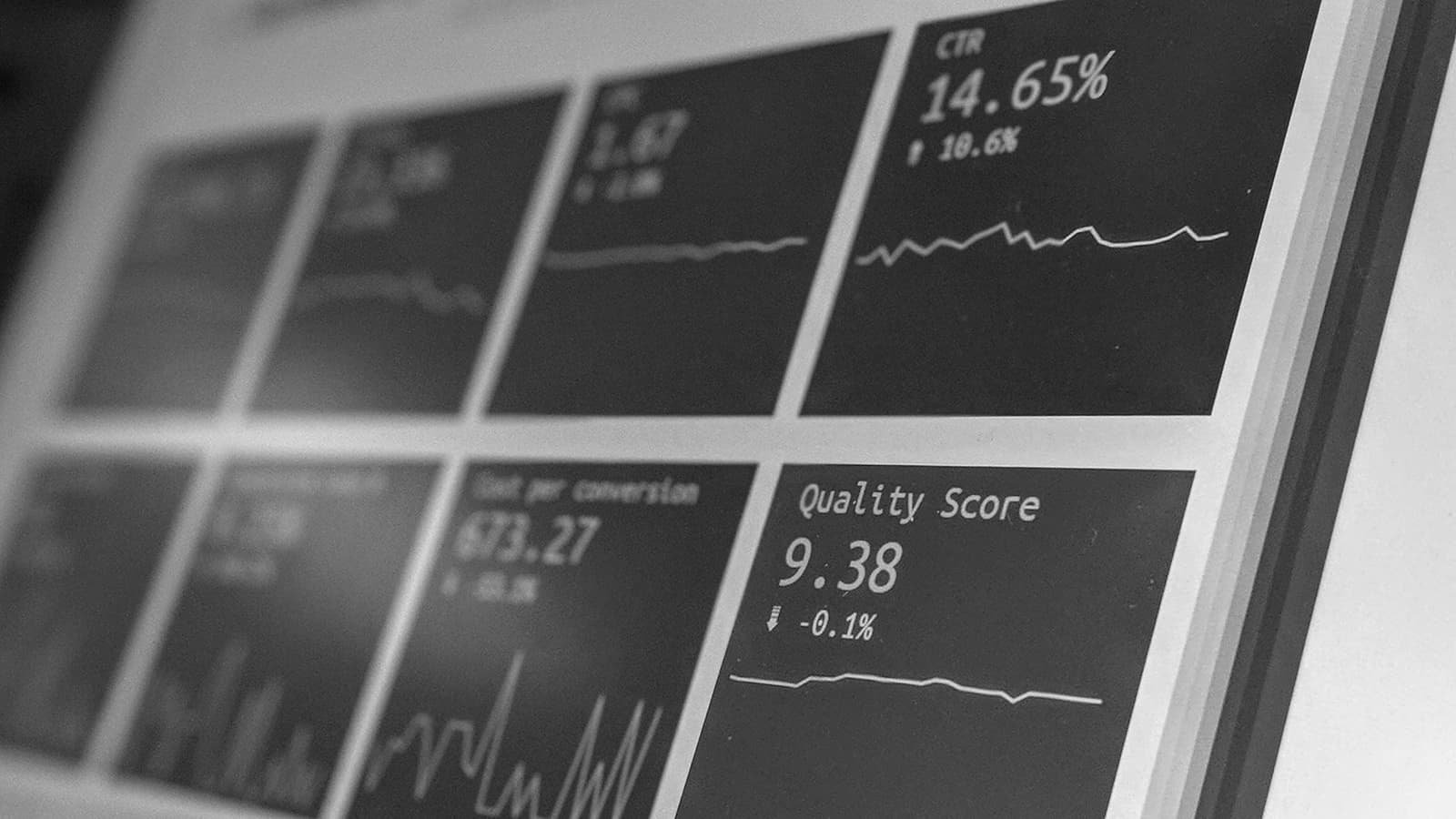
Тест безопасности веб-сайта.
Сканирование уязвимостей веб-сайтов и приложений – Тестирование на проникновение в Интернет – Бесплатная проверка безопасности сайта
Тестирование безопасности веб-сайта
Автоматически выявляйте уязвимости безопасности в ваших веб-приложениях и базовой инфраструктуре.. Найдите недостатки на странице входа, чтобы обеспечить полный охват..
МЕТРИКИ
Мы глубоко погружаемся в ваш веб-сайт, создаем аналитику и создаем процесс, который защитит вашу онлайн-аудиторию и увеличит ваш доход..
Управление рисками поставщиков
Оцените безопасность решений, которые создают для вас ваши онлайн-поставщики и партнеры.
взлом сайта и утечка данных
Мы помогаем малому бизнесу создать безопасное цифровое присутствие, сосредоточив внимание на трех ключевых элементах успешной безопасной онлайн-платформы..

Мы получаем результаты.
Наш проверенный опыт защитит ваш бизнес.






Защитите свое онлайн-имущество с помощью консультации по тестированию безопасности веб-сайтов.
.
Тестирование безопасности веб-сайта: Важный шаг в современной кибер -обороне
В сегодняшнем цифровом ландшафте, Тестирование безопасности веб -сайта необходимо для организаций, стремящихся защитить конфиденциальные данные и поддерживать доверие пользователей. Этот проактивный процесс определяет уязвимости в веб -приложениях, прежде чем злонамеренные субъекты смогут их использовать. Тестирование безопасности веб -сайта обычно включает в себя сканирование уязвимостей, Проникновение тестирования, Обзоры кода, и оценки конфигурации, чтобы гарантировать, что веб -системы могут противостоять киберугрозам.
Правительства и отрасли промышленности по всему миру признают важность стандартизированных рамок кибербезопасности. В Великобритании, а Кибер -предметы Схема обеспечивает базовую линию для хорошей гигиены кибербезопасности. Это помогает организациям защищаться от общих угроз, таких как фишинг, вредоносное ПО, и пароль атаки. Достижение сертификации Cyber Essentials демонстрирует приверженность защите данных и систем - критический фактор для правительственных поставщиков Великобритании.
В Соединенных Штатах, а Кибер -траст это новая инициатива, разработанная Федеральной комиссией по коммуникациям (FCC) Чтобы повысить прозрачность кибербезопасности в потребительском интернете вещей (IoT) устройства. Хотя это не специфично для веб -сайтов, Этот знак отражает более широкую тенденцию общественной ответственности в цифровой безопасности и служит моделью для прозрачных стандартов кибербезопасности.
Для организаций, работающих с США. Министерство обороны, CMMC 2.0 (Сертификация модели зрелости кибербезопасности) это преобладающий стандарт. Он оценивает подрядчиков’ способность защищать Федеральная информация о контракте (FCI) и Контролируемая неклассифицированная информация (КОТОРЫЙ) через многоуровневую систему практик кибербезопасности. CMMC 2.0 более тесно связан с Nist sp 800-171 структура и включает три уровня сертификации, от основополагающих до передовых требований к кибербезопасности.
Дополнительные сертификаты помогают создать надежные программы веб -безопасности. А NIST CYBERCECUTION FRACEWORD (CSF) обеспечивает гибкую структуру для управления и снижения рисков кибербезопасности. Профессиональные сертификаты, такие как Cissp (Сертифицированные информационные системы профессионал безопасности), Comptia cysa+ (Аналитик по кибербезопасности), и CISA (Сертифицированные информационные системы аудитор) Оборудовать практикующих с опытом внедрения эффективного тестирования безопасности, оценка риска, и стратегии смягчения.
По мере развития киберугрозов, Тестирование безопасности веб -сайта должно стать регулярной практикой, Не разо одноразовый. Согласно признанным рамкам и сертификатам, усиливает кибер -устойчивость организации и укрепляет доверие с заинтересованными сторонами как в государственном, так и в частном секторах.